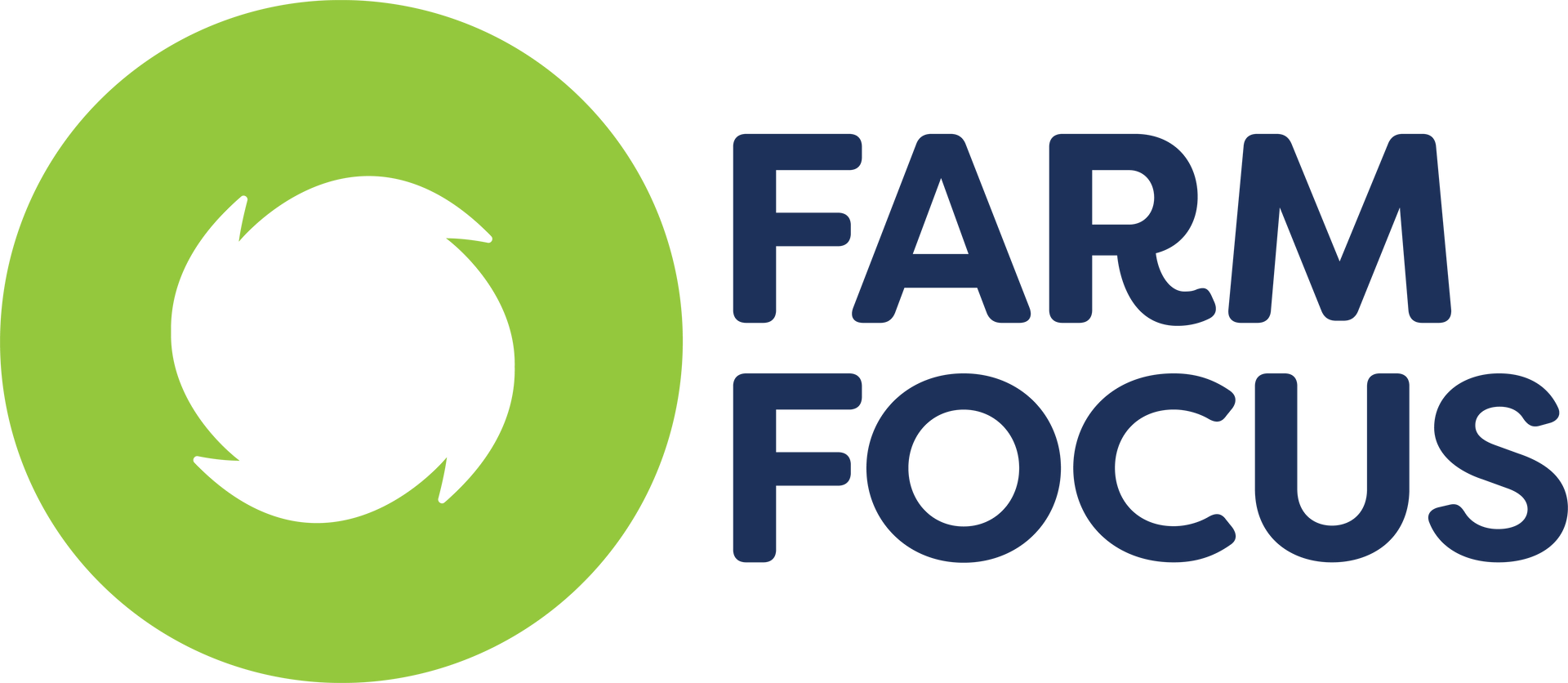How the 80/20 Rule Help Us Be More Effective
In the very early 1900's, an Italian economist by the name of Vilfredo Pareto created a mathematical formula describing the unequal distribution of wealth he observed and measured in his country: Pareto observed that roughly twenty percent of the people controlled or owned eighty percent of the wealth. The assumption is that most of the results in any situation are determined by a small number of causes. A management thinker Joseph Juran developed this philosophy further in the 1940's, and suggested that this can be applied in business.
The vital few and the trivial many
The "80 / 20 Rule" means that in anything (workers, customers, etc) a few (20%) are vital, and many (80%) are considered trivial. In Pareto's case, he found that roughly 20% of the people in his country dominated with 80% of the wealth. It has been suggested that you can apply the "80 / 20 Rule" to almost anything.
There are business examples that 20% of customers are responsible for 80% of the business income. Others like 80% of your stock come from 20% of your suppliers. Then why is it that 80% of your staff problems come from 20% of your staff? The formula appears to work in both directions.
How Pareto's Principle can help us
The value of the Pareto principle in management is in reminding us to stay focused on the "20% that matters". Of all the tasks performed throughout the day, one could say (based on Pareto's principle) that only 20% really matter. Those tasks in the 20% very likely will produce 80% of our results. Therefore, it is critical that we identify and focus on those important things.
When the fire-fighting "crisis of the day" begins to eat up precious time, remind yourself of the critical 20% you need to focus on. If anything in the list of activities and action items has to be left undone, be sure it is not listed in that critical 20%.
Do not ignore the 80%
Thinking about the 80%: If 20% of your employees are likely to produce 80% of your results, you should focus your limited time in management of only that 20% – the so-called superstars. However, this proposed implementation of Pareto's principle to management is potentially flawed because it overlooks the fact that 80% of your time should be spent doing what is important, or most likely to deliver the greatest return. By helping your "average" salespeople become better; you are more likely to reap greater results than by dedicating the same management effort to helping the fewer "superstar" salespeople become terrific. In this case, the sheer numbers work against you spending time only helping manage and improve the few great workers. Thus, it is wise to evaluate various management situations and apply the Pareto principle appropriately ~ and wisely.
Work Smart
It is not only important to do things right, but also to ensure you are doing the right things. Pareto's principle should serve as a reminder to us to stay focused on investing 80% of our time and energy on the 20% of work that is really important. It is not just important to "work hard" and "work smart", but also to work smart on the right things.







